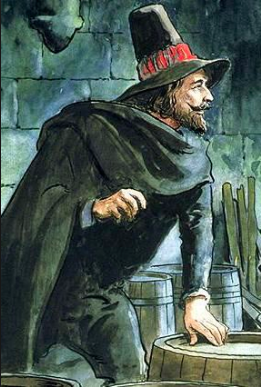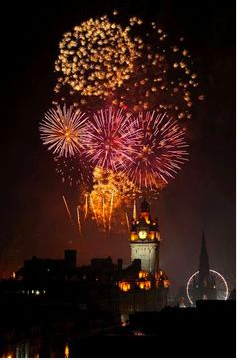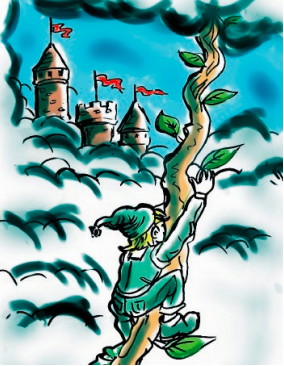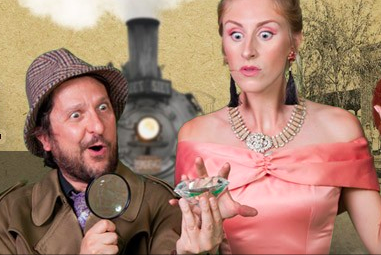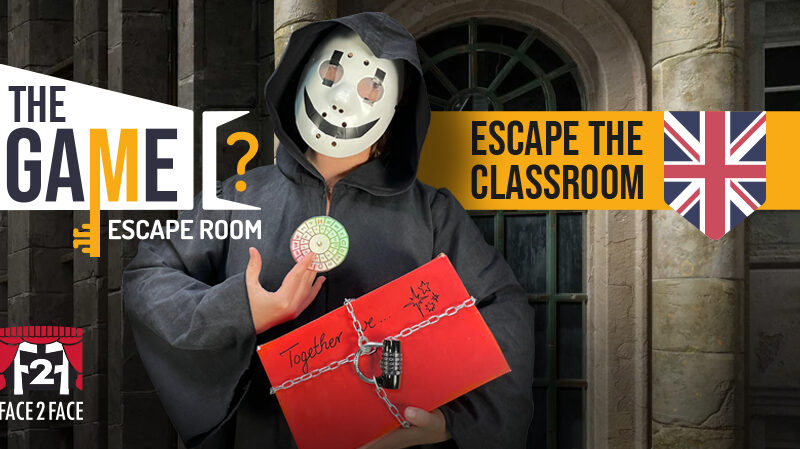Recuerden, recuerden el cinco de noviembre
La conspiración de la pólvora.
Así reza el popular refrán inglés, ofreciendo una introducción perfecta al tema de hoy. Y es que cada cinco de noviembre la comunidad anglosajona conmemora la muerte de Guy Fawkes, quien fue quemado en la hoguera por traición en el año 1605. Pero ¿quién fue este desafortunado señor inglés, qué le llevo a conspirar contra el gobierno británico y por qué merece una fiesta en su nombre? Aprovechamos la fecha de hoy para explorar este singular festivo británico, la Noche de las Hogueras.
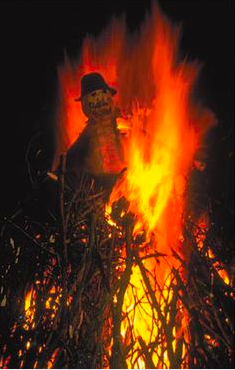
Sin embargo, Guy Fawkes fue descubierto escondiendo los explosivos en el sótano de las Casas del Parlamento, fue juzgado y castigado con la muerte en la hoguera. A partir de entonces, se pasó un decreto obligando al pueblo a celebrar la salvación de su Rey y el fracaso del complot. Tradicionalmente, esta celebración incluía la fabricación de muñecos a tamaño real de Guy Fawkes. Los niños paseaban el muñeco por todo el pueblo pidiendo limosna con el grito «¡Un peñique para Guido!» («A penny for the Guy!»). Destinaron el dinero a la compra de fuegos artificiales, y los muñecos fueron quemados como efigie en grandes hogueras.
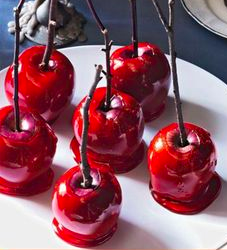
Esta noche, ¡da un viaje al pasado con nosotros! Si no se puede ir a una hoguera, por lo menos puede disfrutar preparando las comidas típicas detalladas arriba y viendo la película ‘Gunpowder‘ (2017), que da vida al mítico figura de Guy Fawkes y dramatiza la Conspiración de la Pólvora. ¡Feliz Noche de Las Hogueras!
Remember, remember the 5th of November
The gunpowder treason and plot.
This popular English saying offers the perfect introduction to today’s topic. Every year on the fifth of November, the Anglo-Saxon community commemorates the death of Guy Fawkes, who was burned at the stake for treason in 1605. But who was this unfortunate English gentleman and what led him to conspire against the British government? Taking advantage of today’s date, let’s explore this unique British tradition.
At the beginning of the seventeenth century, the Catholic community in England was dissatisfied with the Protestant monarchy, as measures had been taken to subjugate the Catholic church under state power. Led by Guy Fawkes and Robert Catesby, the Gunpowder Plot was planned. The aim was to blow up the House of Lords, the seat of British government in Westminster (London), during the celebration of the State Opening of England’s Parliament. This explosion, if it had taken place, would have killed King James I and his family, along with the majority of the Protestant aristocracy. The Catholic Church then intended to crown a new King who could be manipulated under the orders of the Pope.
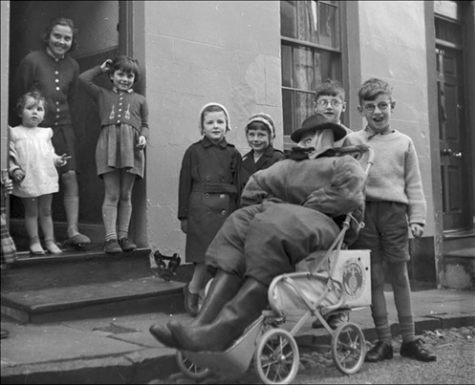
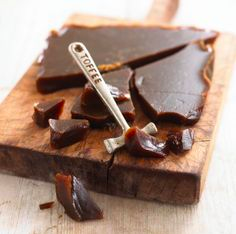
Tonight, join us on a journey into the past! If you cannot attend a bonfire, perhaps you can enjoy preparing the typical foods detailed above and watching the movie ‘Gunpowder’ (2017), which brings the mythical figure of Guy Fawkes to life and dramatizes the Gunpowder Plot. Happy Bonfire Night!
The Fifth of November
English Folk Verse (c.1870)
Remember, remember!
The fifth of November,
The Gunpowder treason and plot;
I know of no reason
Why the Gunpowder treason
Should ever be forgot!
Guy Fawkes and his companions
Did the scheme contrive,
To blow the King and Parliament
All up alive.
Threescore barrels, laid below,
To prove old England’s overthrow.
But, by God’s providence, him they catch,
With a dark lantern, lighting a match!
A stick and a stake
For King James’s sake!
If you won’t give me one,
I’ll take two,
The better for me,
And the worse for you.
A rope, a rope, to hang the Pope,
A penn’orth of cheese to choke him,
A pint of beer to wash it down,
And a jolly good fire to burn him.
Holloa, boys! holloa, boys! make the bells ring!
Holloa, boys! holloa boys! God save the King!
Hip, hip, hooor-r-r-ray!
